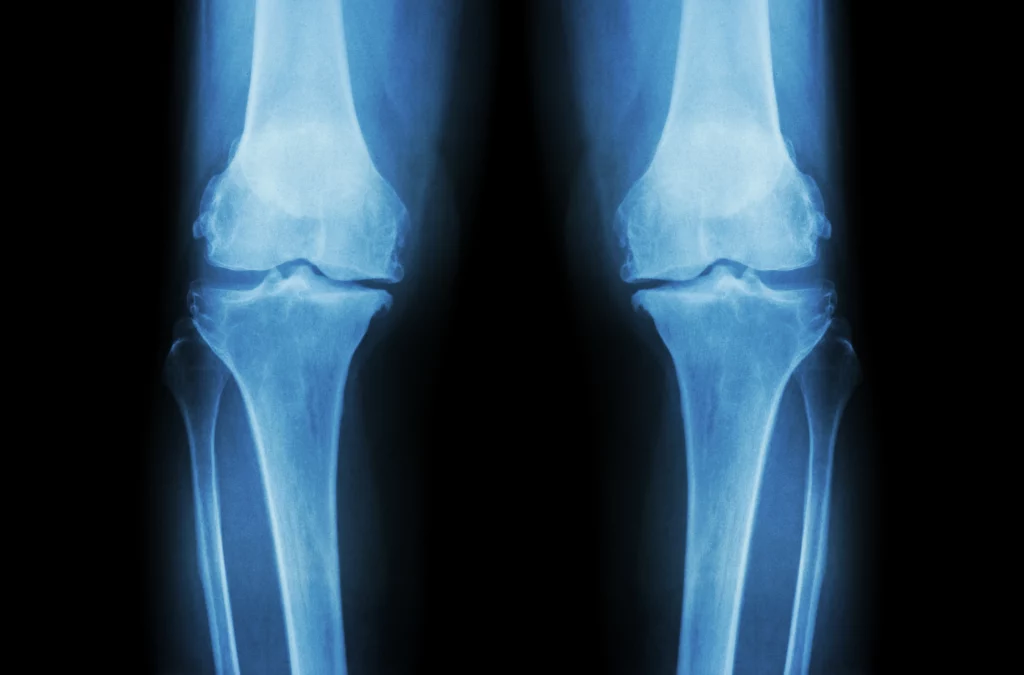Modern medicine has been revolutionized through the continued growth of stem cell therapy. From joint pain to regenerative diseases, stem cell injections are increasingly sought after for their potential to repair and regenerate damaged tissues. Not only are they an effective treatment for a variety of conditions already, but there is continued optimism about the full potential stem cells can bring to the table in solving potentially incurable diseases.
However, there is a common question about this treatment type: How long do stem cell injections last?
Understanding Stem Cell Injections
Stem cell injections involve the administration of stem cells into the body. This regenerative medicine aims to promote healing and the regeneration of damaged tissues. Stem cells themselves are highly valuable in medical treatments due to their unique make-up. They are capable of differentiating into any type of cell, making them incredibly versatile and beneficial for an array of conditions.
Read more: What Are Stem Cells?
The procedure for stem cell injections begins by harvesting stem cells. This can be directly from the patient or a donor source, such as embryonic stem cells. These are then processed to ensure they are viable and free of contaminants and injected into the target area.
This process can vary depending on the condition being treated, as well as the source of the stem cells. For example, stem cells might be injected directly into a joint or tendon in orthopedic treatments to stimulate repair and reduce inflammation.
You can learn more about the process involved and the benefits offered through our page covering what are stem cell injections.
Applications of Stem Cell Injections
Stem cell injections have shown promise in treating a variety of medical conditions. By promoting healing and regeneration of damaged tissues, these treatments are particularly popular in addressing orthopedic issues such as joint pain, osteoarthritis, and sports injuries. As an example, a mesenchymal stem cell treatment – with the ability to differentiate into bone, cartilage, and muscle cells – can be used to repair and regenerate tissues in these areas.
It’s not only orthopedic applications. Stem cell treatments are also being explored for their potential in treating degenerative diseases, autoimmune disorders, and even certain neurological conditions. In the field of regenerative medicine, there are also explorations about using complementary treatments alongside stem cells for even greater results.
For instance, an emerging trend is the combination of stem cell therapy with platelet-rich plasma. Platelet-rich plasma (PRP) is derived from the patient’s own blood and, as the name suggests, contains a high concentration of platelets – making them rich in growth factors. These growth factors can enhance healing by stimulating cell proliferation and tissue regeneration. When combined together, PRP and stem cell injections can improve the outcomes of treatments.
The versatility of stem cell therapy makes it a valuable – and highly effective – option for treating an array of conditions. As research progresses, further applications will benefit from improved results and give new hope for patients with chronic, debilitating ailments.
Factors Influencing the Longevity of Stem Cell Injections
When answering how long do stem cell injections last, it’s important to consider various factors. When these are added to the equation, it can help to better understand expectations and optimize treatment outcomes.
The main factors influencing the longevity of stem cell injections include:
Type of stem cells used
An adult stem cell, such as a mesenchymal stem cell (MSC), is commonly used due to its ability to differentiate into various cell types. The source and quality of the cells can influence the longevity of an adult stem cell.
Embryonic stem cells, on the other hand, have a higher potential for differentiation but come with ethical concerns and a higher risk of uncontrolled growth. They are less common in current treatments, particularly with the rise of induced pluripotent stem cells that are genetically modified to mimic embryonic stem cells.
Patient’s age and health condition
Younger, healthier patients tend to have a better response to stem cell therapy. The regenerative potential of stem cells diminishes with age, which can affect the longevity of the treatment’s effects.
Condition being treated
The severity and type of condition being treated plays an essential role. For example, degenerative diseases may require more frequent treatment than acute injuries, where the effects might last longer.
Treatment area
Areas with rich blood supply and lower mechanical stress – think soft tissues – generally demonstrate longer-lasting effects compared to high-stress areas like joints.
Post-treatment care
Adherence to post-treatment protocols significantly influences the longevity of the treatment’s benefits. Post-treatment care includes physical therapy, adequate rest, and healthy nutrition.
Combination with other treatments
Using supporting treatments like the aforementioned platelet-rich plasma can enhance the effects of stem cell injections. Along with stimulating further healing and prolonging the benefits of stem cells, they can potentially extend their duration.
Treatment center
The stem cell clinic chosen to receive treatment can also be a major factor. While a reputable, state-of-the-art facility may bump up the overall stem cell therapy cost, they can save money in the long run with more effective, long-lasting injections.
Expected Duration of Effects
The expected duration of the effects from stem cell injections varies based on several influencing factors. In general, patients can expect to see notable results within a few weeks to a few months post-injection. Yet the main question remains: How long do stem cell injections last?
Ultimately, there is no definitive answer. For conditions like osteoarthritis or sports injuries treated with adult stem cells, improvements can last anywhere from six months to several years. This depends on the individual’s response to the treatment and adherence to post-treatment care.
At BioXcellerator, we have seen the regenerative effects of stem cell injections can offer relief for extended periods. However, with chronic and degenerative conditions, periodic treatments might be necessary to maintain the benefits. In contrast, acute injury treatments often result in longer-lasting effects as the stem cells effectively repair the damaged tissue.
In summary, while individual responses vary, stem cell injections generally supply significant, lasting benefits. If you want to learn more about our work, whether that’s about the stem cell injections we utilize or the locations we cover, browse the site or get in touch today.


